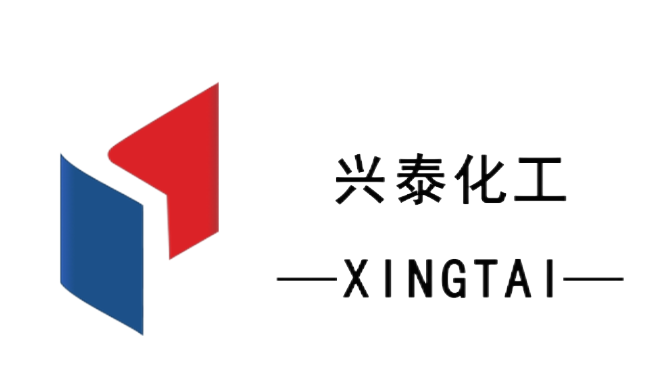CONTACT US
DI Research uses top-down and bottom-up methods to study the global and Chinese hydroxypropyl methylcellul market size, price trends, and future development prospects. The report focuses on the market share, product specifications, price, sales, and gross profit margin of major global and Chinese, as well as market trends for different types of hydroxypropyl methylcellulose products and different industry segments in the downstream market. Report data covers historical data from 220 to 2024, the base year is 2025, and the forecast data is from 2026 to 2030.According to the in-depth research of DI Research, the global hydroxypropyl methylcellulose market size will reach 13.58 billion US dollars in 025, and it is expected to reach 16.41 billion US dollars in 2032, with an average compound annual growth rate (CAG) of 2.74% (2025-2032).
Hydroxypropyl methylcellulose (HPMC) is a and widely used polymer derived from cellulose, a natural substance found in plant cell walls. HPMC is produced by chemically modifying cellulose with the introduction of hydroxypropyl methyl groups. This results in a water-soluble polymer with a variety of applications in the pharmaceutical, food, construction materials, and cosmetics industries. In the pharmaceutical industry, HP is commonly used as a film coating agent for tablets, a thickener for liquid formulations, and a binder in tablet formulations. In the construction industry, it is used as aener for cement-based products, which helps improve workability and adhesion. HPMC is valued for its biocompatibility, stability, and film-forming properties, making it versatile and indispensable ingredient in various products across different industries.
This report divides the global corporate competitive landscape into three tiers. The first-tier enterprises are global leaders, occupying a market share, leading the industry, having strong competitiveness and influence, and larger revenue scale; the second-tier enterprises have a certain market share and brand recognition in the market, following the industry leaders in terms of product, service, or technological innovation, with medium revenue scale; the third-tier enterprises have a smaller market share and low brand recognition, focusing on the local market, with a relatively small revenue scale.
According to different types, this report segments hydroxypropyl methylcellulose products into industrial grade, food grade and pharmaceutical grade. According to different applications, this report segments the downstream applications of hydroxypropyl methylcellulose products into the construction field, coating paint, personal care, field, and others.
The regions and countries covered in the report include the United States, Germany, France, the United Kingdom, Italy, the Netherlands, China, Japan, Korea, India, the Middle East and Africa, and Latin America, covering the market conditions and future development trends of hydroxypropyl methylcellulose in key regions and countries Combined with relevant industry policies and the latest technological developments, the development characteristics of the hydroxypropyl methylcellulose industry in each region and country are analyzed to help enterprises the development characteristics of each region and help enterprises formulate business strategies to achieve the ultimate goal of the enterprise's global development strategy.
Get real-time quotes
Interested? Leave your contact details.
